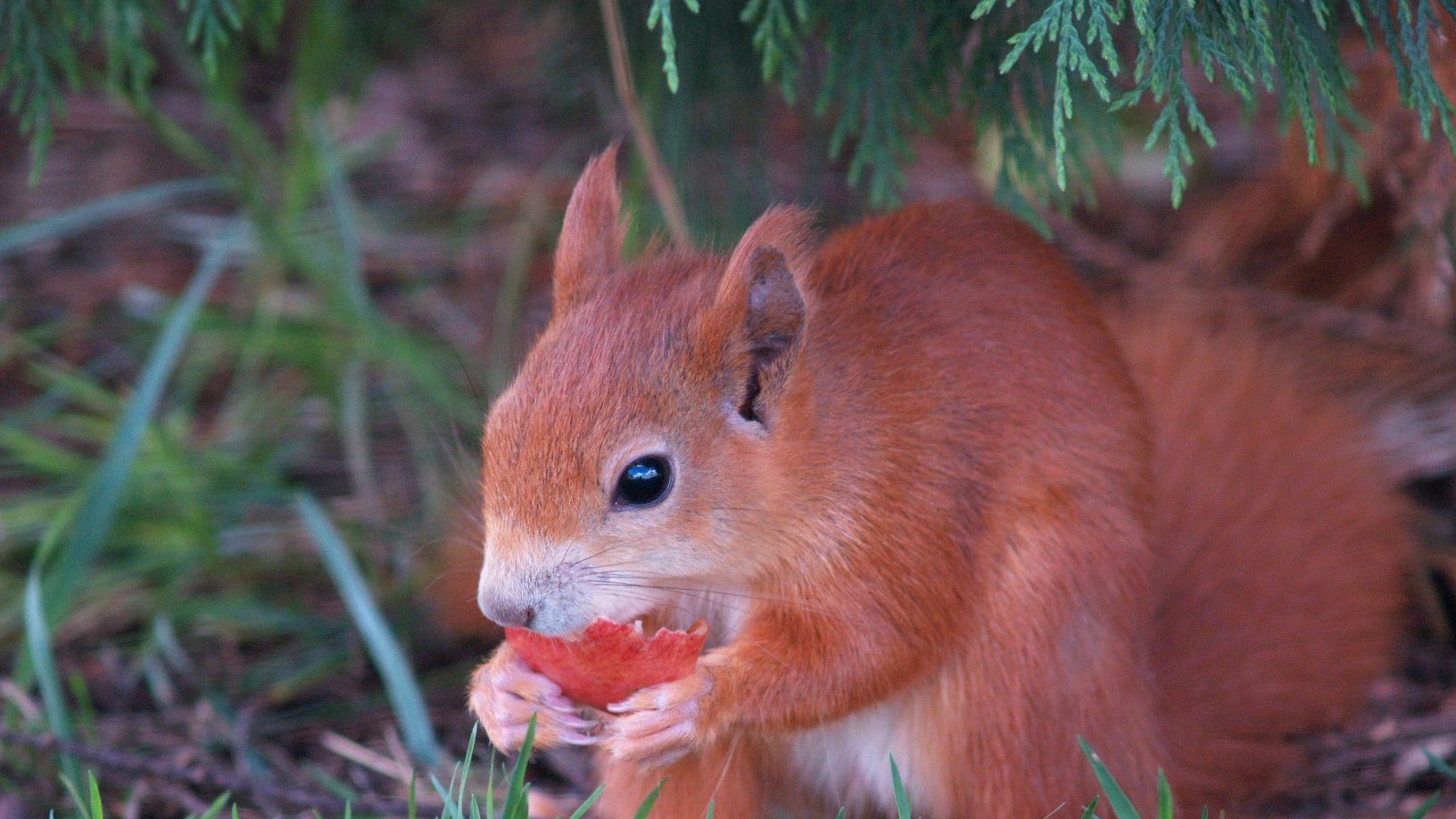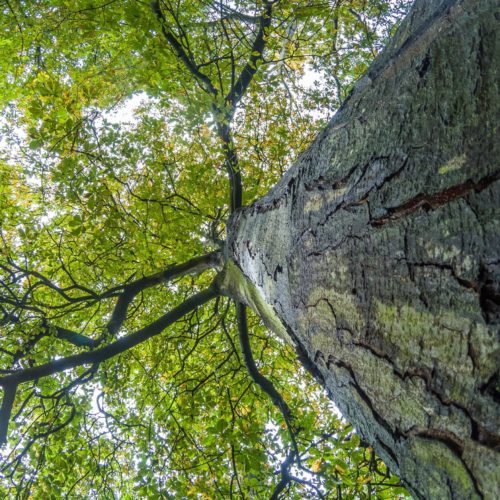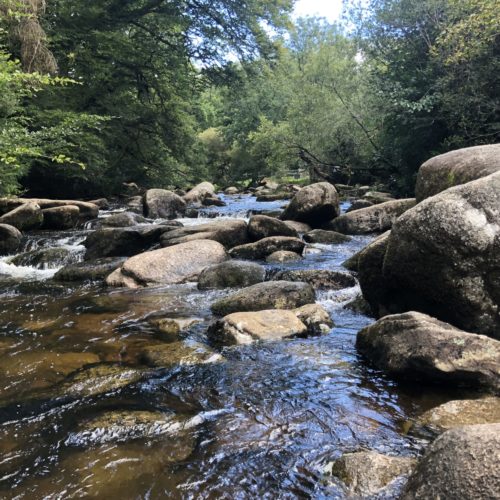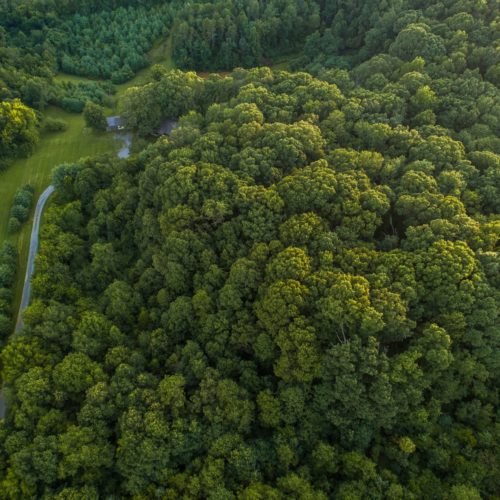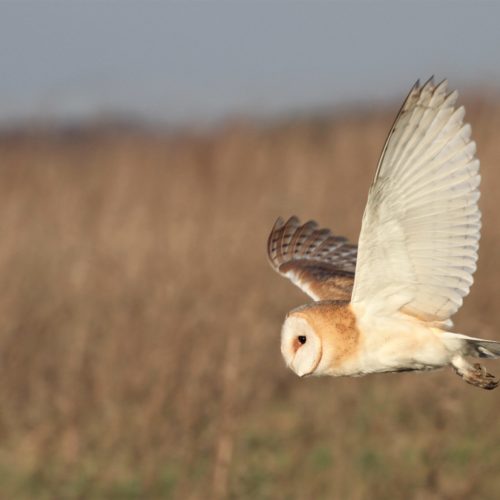Red squirrel distribution has decreased dramatically during the last century and their range continues to contract.
This is mainly due to the spread of the introduced grey squirrel. Where suitable habitat is present within their known range, surveys to determine presence or likely absence should be undertaken.
In order to differentiate between red and grey squirrels, hair tubes – in the form of adapted lengths of plastic drainpipe, which are baited to attract squirrels – are placed in a grid pattern within the study area. Hairs are collected on sticky tapes inside the tubes as the animals enter the tubes to get the food. Collected hair is removed on a regular basis for examination. Hair tube surveys can be undertaken at any time of year.
Our surveys and mitigation strategies are guided by best practice including the Forestry Commission’s Practical Techniques for Surveying and Monitoring Squirrels Practice Note, and our surveyors meet the competencies set out by the Chartered Institute of Ecology and Environmental Management (CIEEM). Where red squirrels may be affected by a development, our specialists can provide advice on suitable mitigation options and guidance on minimising ecological risk.
